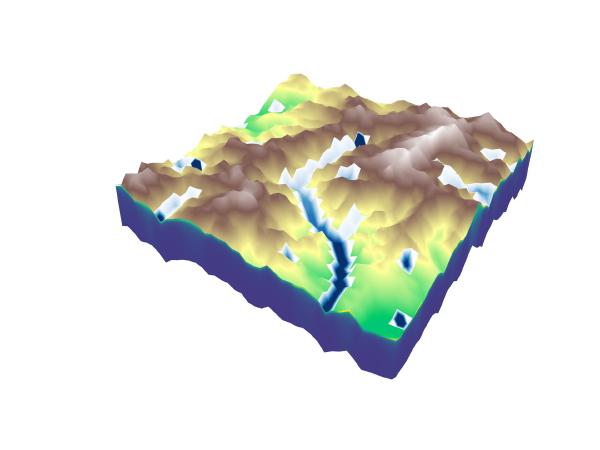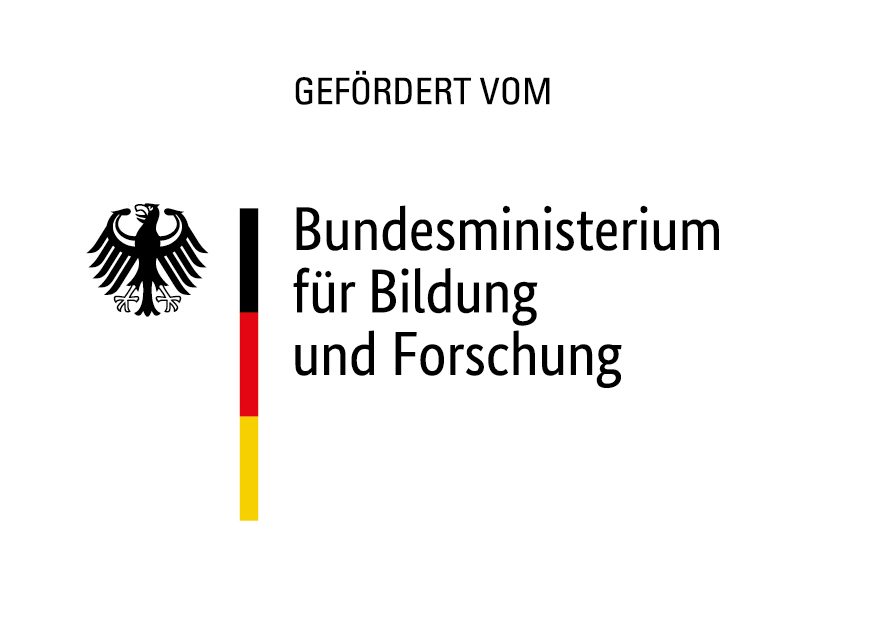Better
As state of the art climate models push toward higher resolutions, more and more fine grained physical processes find representation within their architectures. Better focuses on ICON’s integration of climate physics, optimizing existing processes and incorporating new ones, while improving the simulation quality of component interactions. Physical meso-scale processes such as cloud convection and eddies, previously integrated as model parametrizations, are now afforded explicit description and resolved in the simulations of ICON. These advances in model complexity are closely linked to ongoing efforts in the Faster module. Increasing run-time efficiency depends on an effective coupling between components of the Earth System (Faster), yet outlining priorities and defining an adequate model configuration precedes steps of computational efficiency (Better).
Crucial projects of Better’s model physics development encompass a revised turbulent mixing scheme (Reiner Weigle) and a more realistic representation of orographic features and therefore improved simulation of land-surface hydrology (Weinkaemmerer, blogpost). Additionally, extremely some small scale phenomena are also more realistically captured by advancing the representation of cloud-micro-physics in the super-droplet model (Clara Baley – blogpost?). To approximate physical processes more accurately and increase the model realism of ICON is expected to vitally improve the robustness of projections on global trends and correlate impacts on local scales.
This links to the second strain of work conducted within the Better module: uncertainty quantification of ICON projections. In close collaboration with the ECMWF and AWI, Better will support the development of so-called ‘simulation ghosts’ that will shadow ICON model output. ‘Simulation Ghosts’ will set forth alternate projection that allow users to assess the information content of ICON projections. The shadow of ICON will be constructed via a coupling of the Integrated Forecast System (IFS) used by the ECMWF and the FESOM Ocean Model developed by AWI. WarmWorld builds on the strong collaboration with these institutions as central project partners and supports the coupling of IFS and FESOM.
To this end, WarmWorld strengthens collaborative efforts between national institutions under the unison target of furthering the future-proof development of ICON. In addition, work in the Better module builds on the expertise fostered in longer standing projects such as nextGEMS. The rapidly advancing paradigm of km-scale models couples an increase in model complexity and realism to novel ways to disseminate climate information to end-users. Better sits at the forefront of these developments, and contributes to an improved understanding of the physical components whose interactions shape the characteristics of our climate.
Project partners:
- Alfred-Wegener-Institut Helmholtz Zentrum für Polar- und Meeresforschung
- Deutsches Klimarechenzentrum
- European Centre for Medium-Range Weather Forecasts
- Forschungszentrum Jülich
- GEOMAR Helmholtz-Zentrum für Ozeanforschung Kiel
- Karlsruher Institut für Technologie
- Max-Planck-Institut für Meteorologie
- Universität Hamburg
- Universität zu Köln
- Universität Leipzig
Integrating ParFlow with ICON-Land – Closing the water cycle from the continents to the oceans

Groundwater pressure and surface runoff simulated with ParFlow in a simple test case. The horizontal resolution is 1 km, the vertical resolution 2 m.
Representing hydrological processes in large-scale climate and Earth system models is important in order to simulate the coupled water, energy, and matter cycles, and predict the distribution of water in the atmosphere, on the land, and in the subsurface. In large model frameworks, such as ICON, the hydrological model usually is part of the land surface model. For the subsurface, oftentimes, these are isolated 1D column models based on simplifying assumptions and empirical relations. Hence, 3D groundwater dynamics and the connection of surface water along river corridors is not properly represented. However, this can be expected to be crucial for better predicting the soil moisture distribution and evapotranspiration, and for better resolving continental water-energy-matter-cycle processes on the climate scale.
One goal of subproject WarmWorld Better (AG3) is to integrate ParFlow with the ICON-Land modeling framework for an improved representation of subsurface and surface hydrological processes. ParFlow simulates 3D variably saturated groundwater-surface water flow in a continuum approach including groundwater, soil water and overland flow. Integrating ParFlow with ICON-Land will allow to resolve 3D hydrodynamics along individual hillslopes in complex terrain, and convergence of groundwater and surface water interactions along river corridors. Thus, for the first time, the hydrological cycle will be consistently closed from the continents to the oceans in high-resolution global simulations.
Technically, the coupling will be realized using the YAC coupling library which is already well established within the ICON framework linking the atmosphere with the ocean. YAC allows for parallel data exchange and provides efficient interpolation methods for almost any grid. The implementation of YAC will be based on existing interfaces and software infrastructure in ParFlow that are well tested. As ParFlow is performance portable and massively parallel, the integration will facilitate the efficient use of exascale supercomputing environments.
